Celebrating 25 Years of the NCAT Test Track

Celebrating 25 years of the NCAT Test Track
This year, we’re celebrating a major milestone — 25 years since the NCAT Test Track first opened and trucks began rolling in 2000. For a quarter-century, the track has been paving the way for groundbreaking asphalt research, industry collaboration, and real-world innovation.
Join us as we look back on the history that’s shaped the Test Track, explore key moments from every research cycle, and uncover fun facts that tell the story of how 1.7 miles of pavement changed an entire industry.
Look Back: 25 Years in Photos

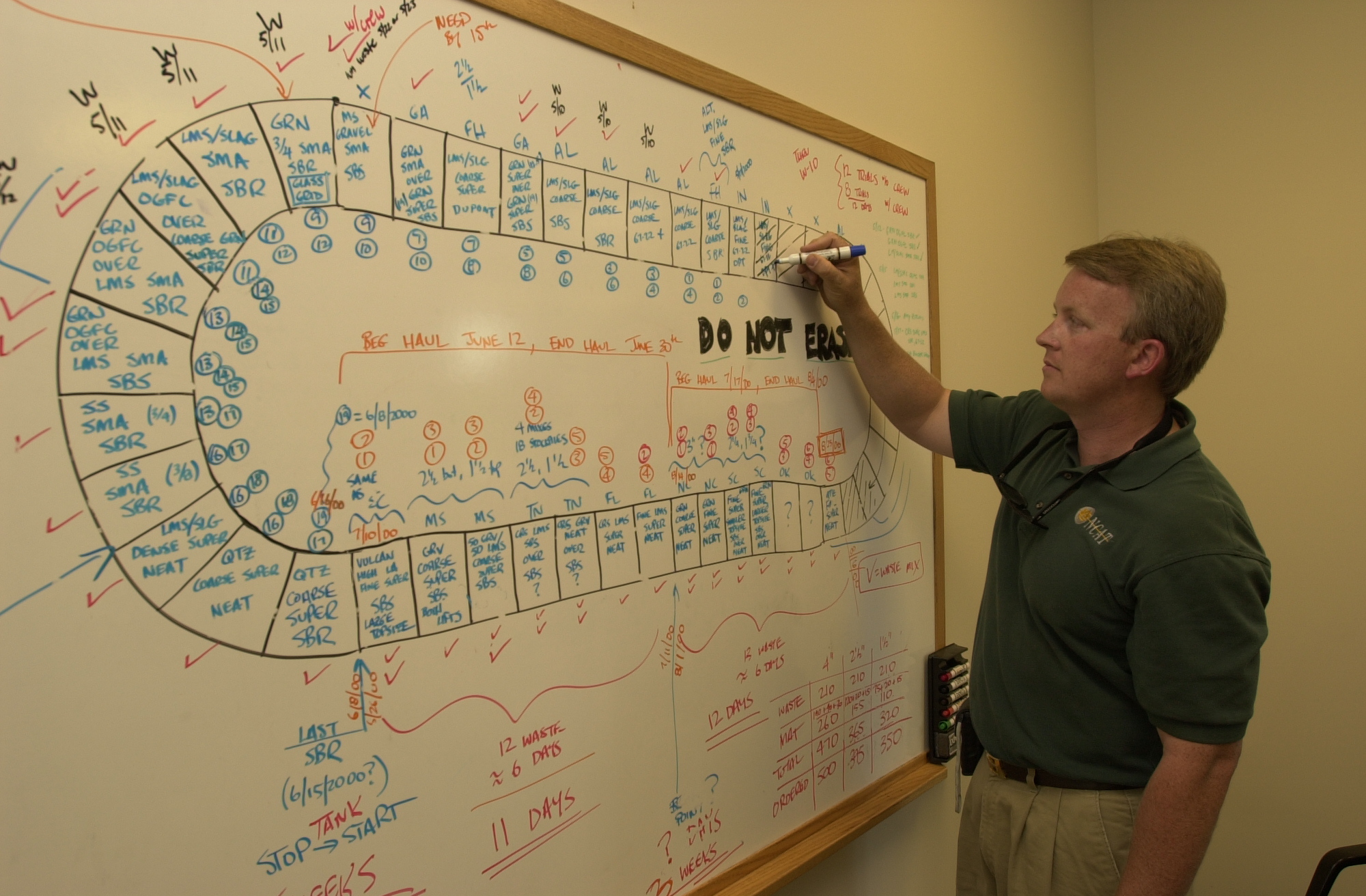

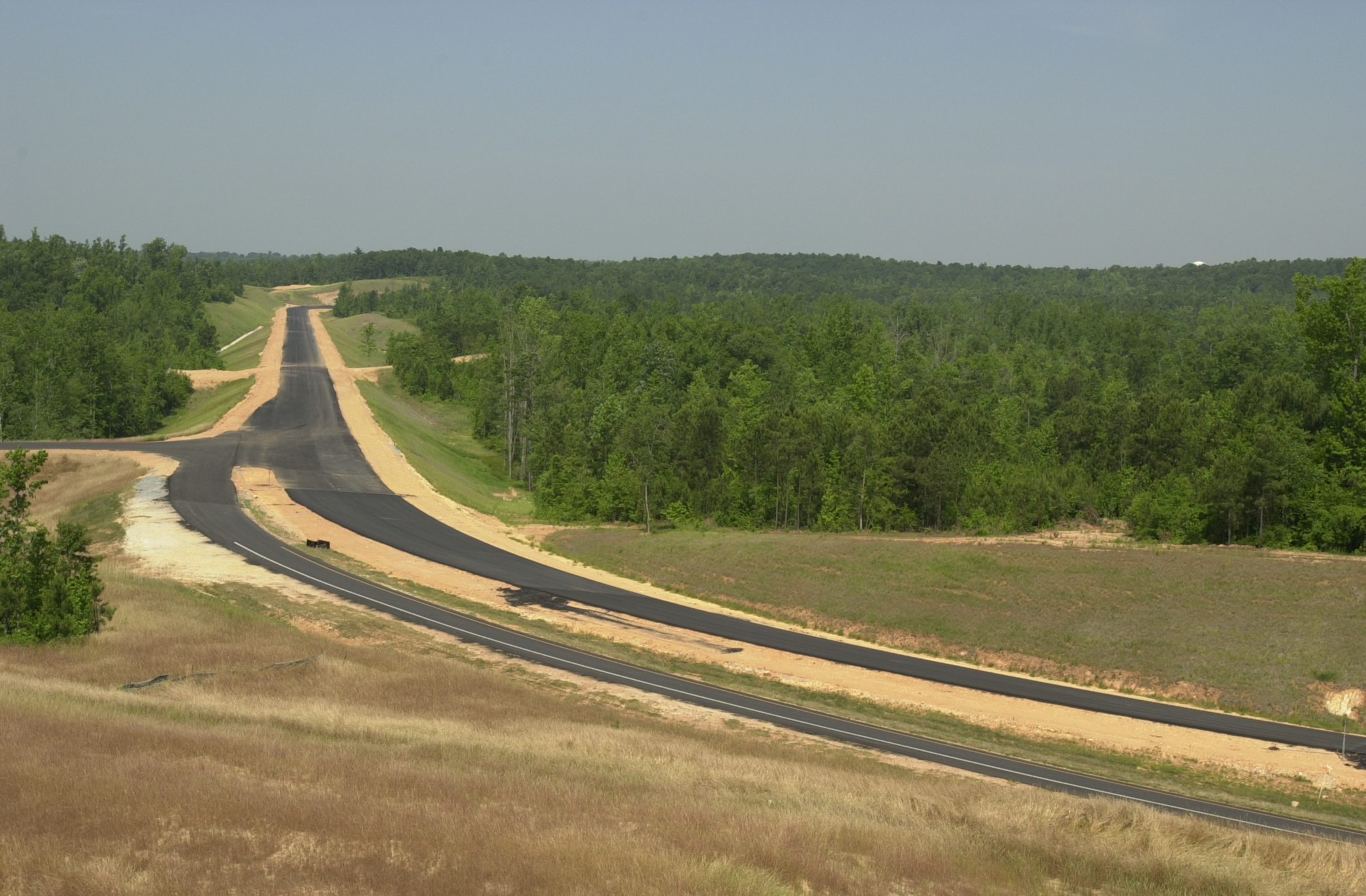



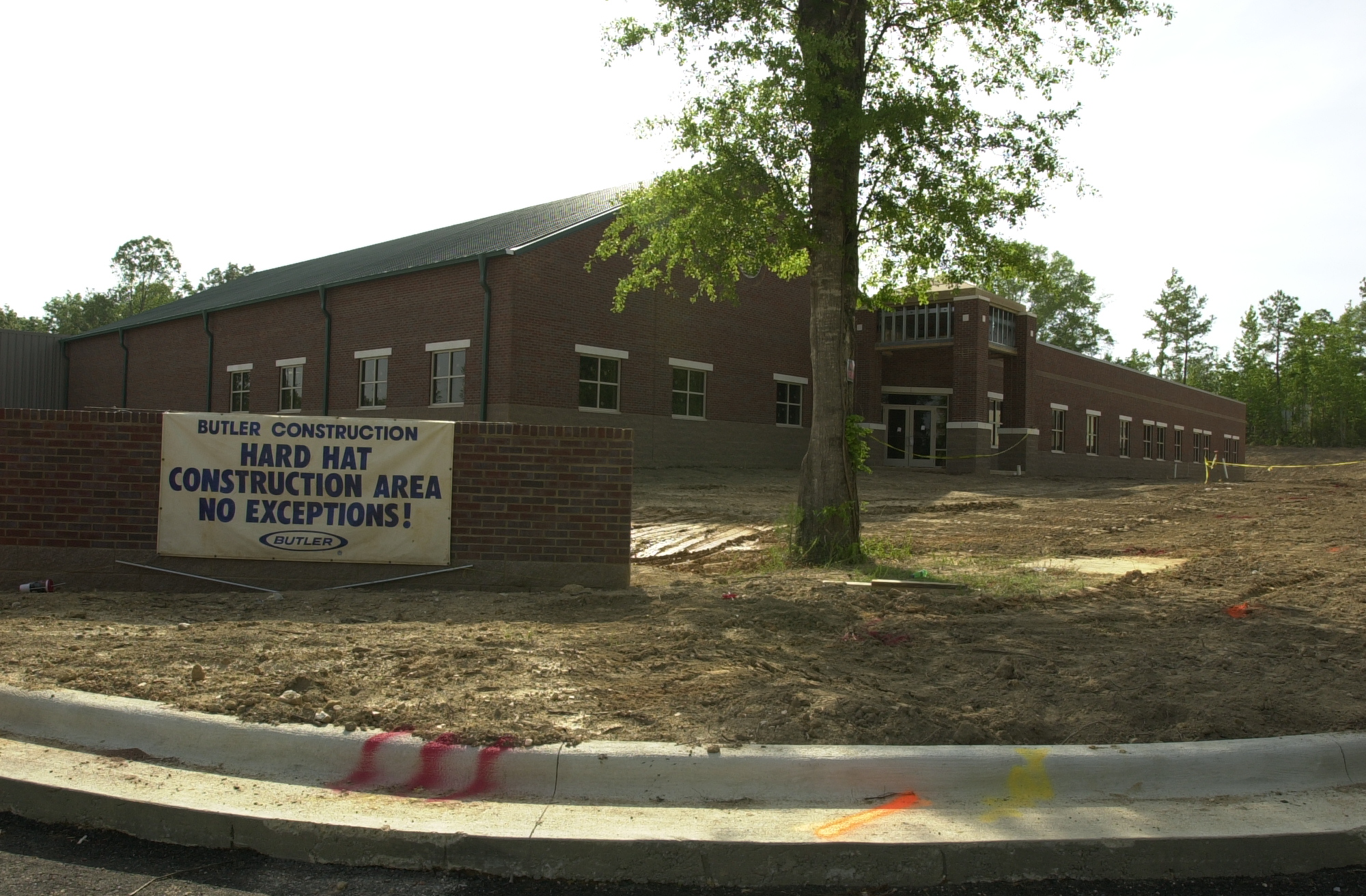
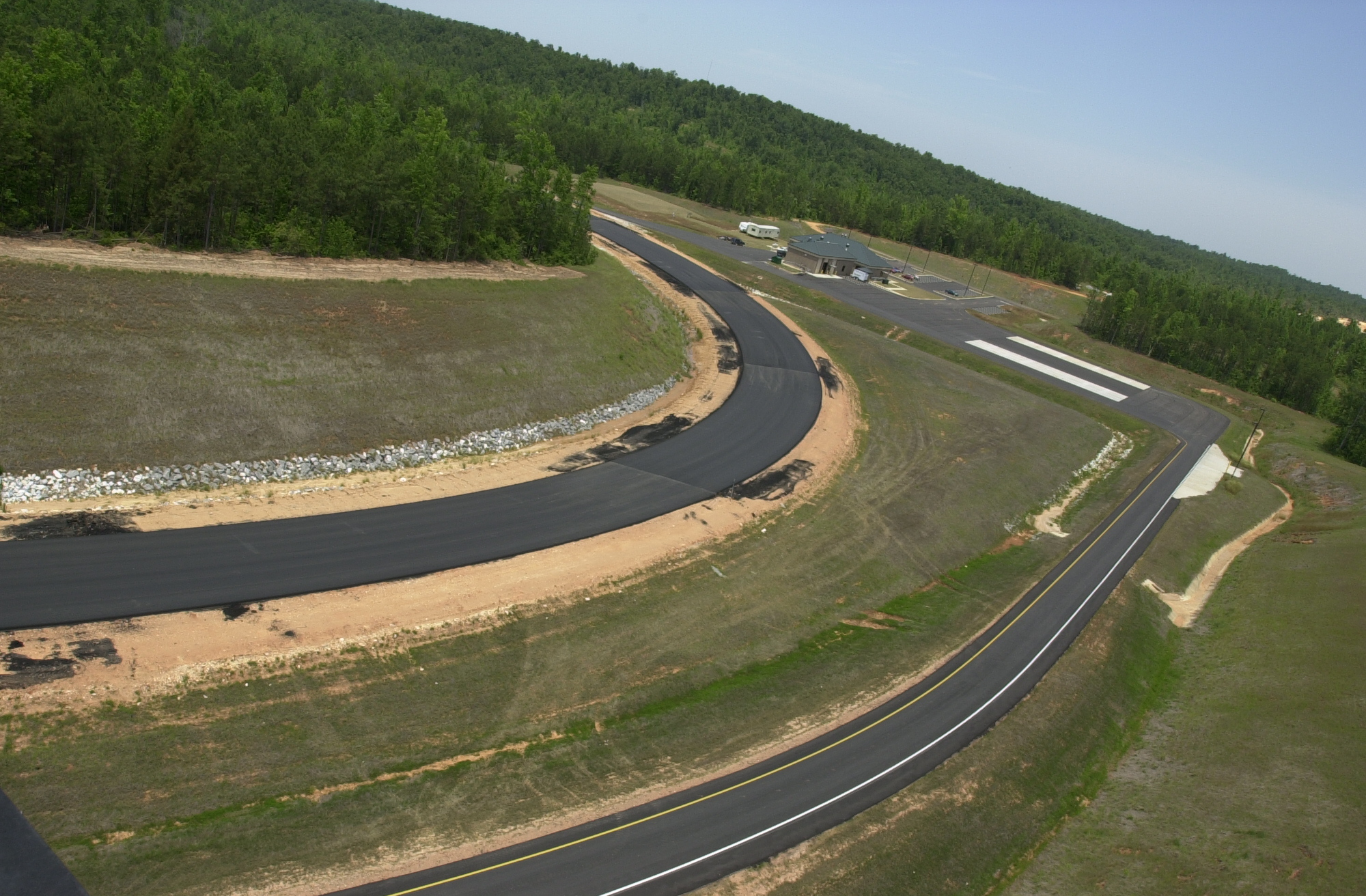
Test Track early construction (1999)
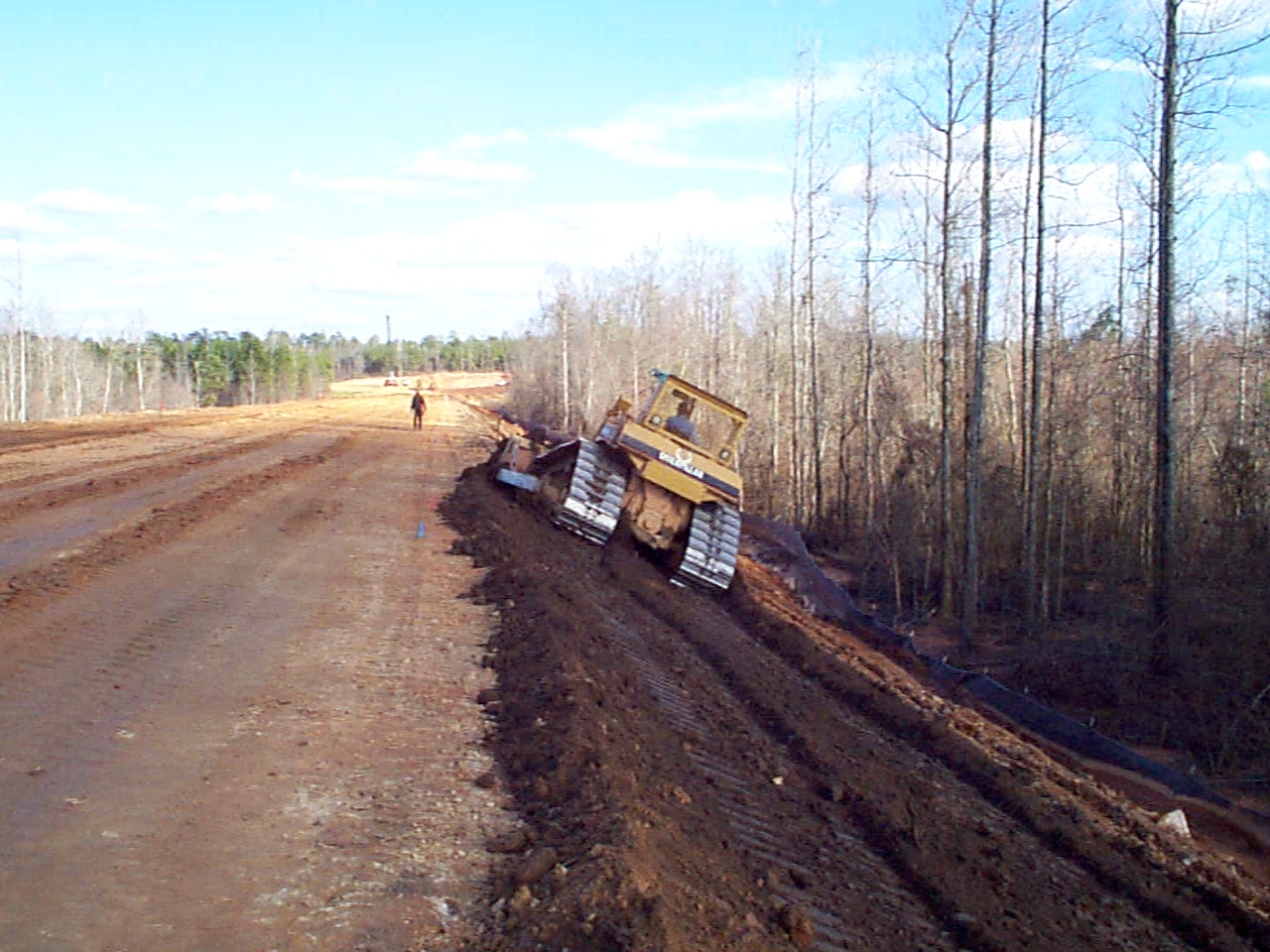

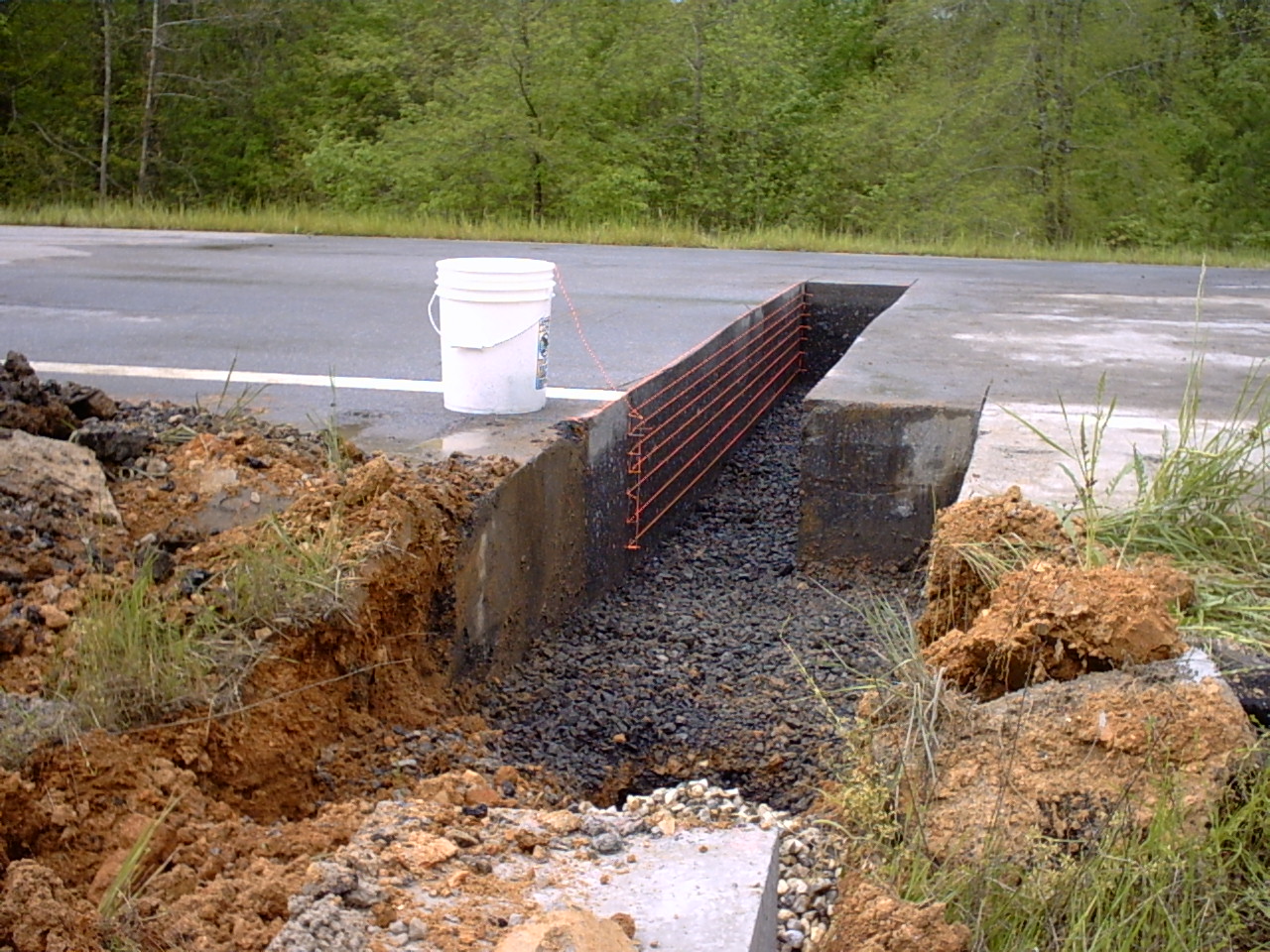
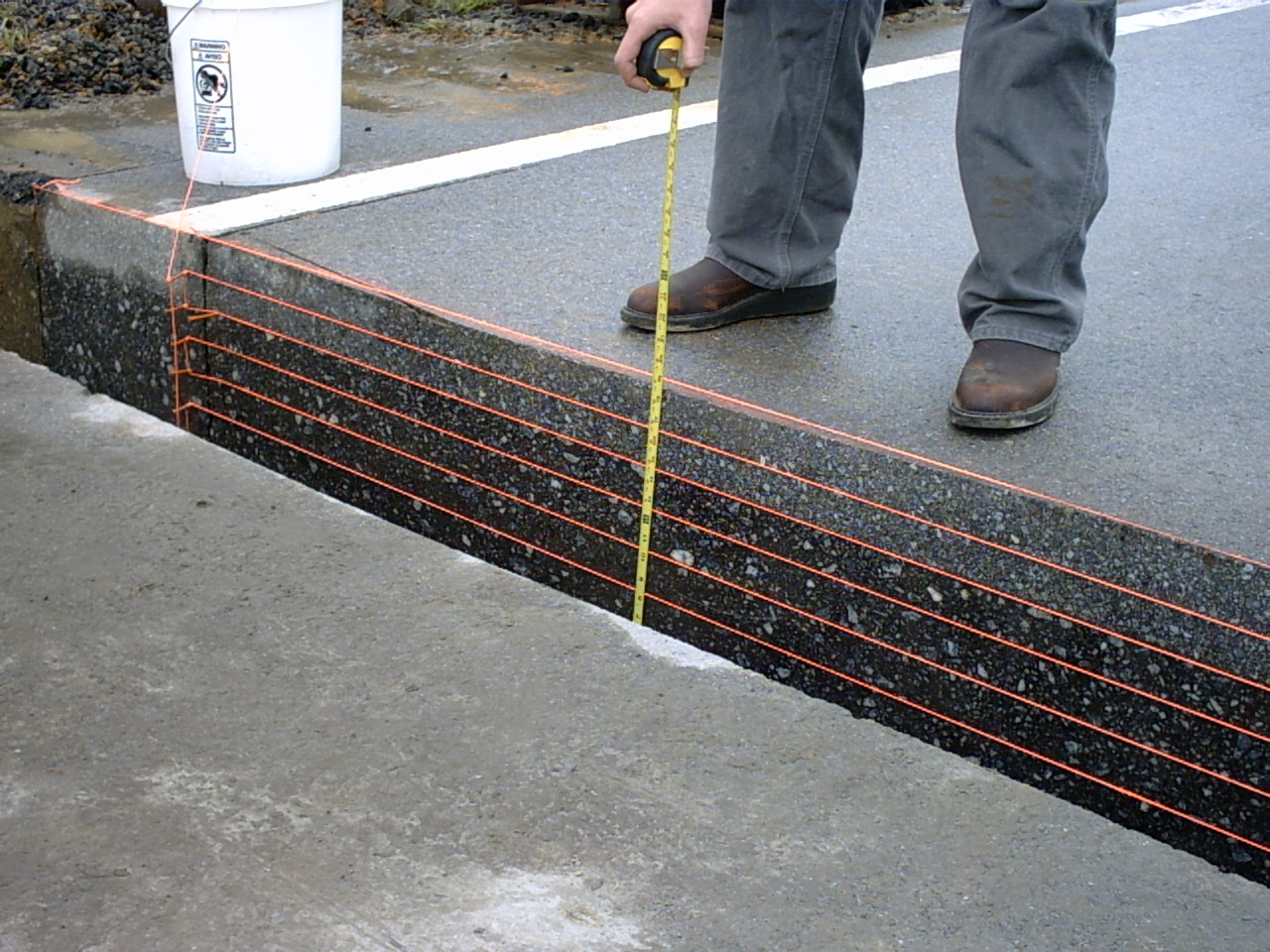
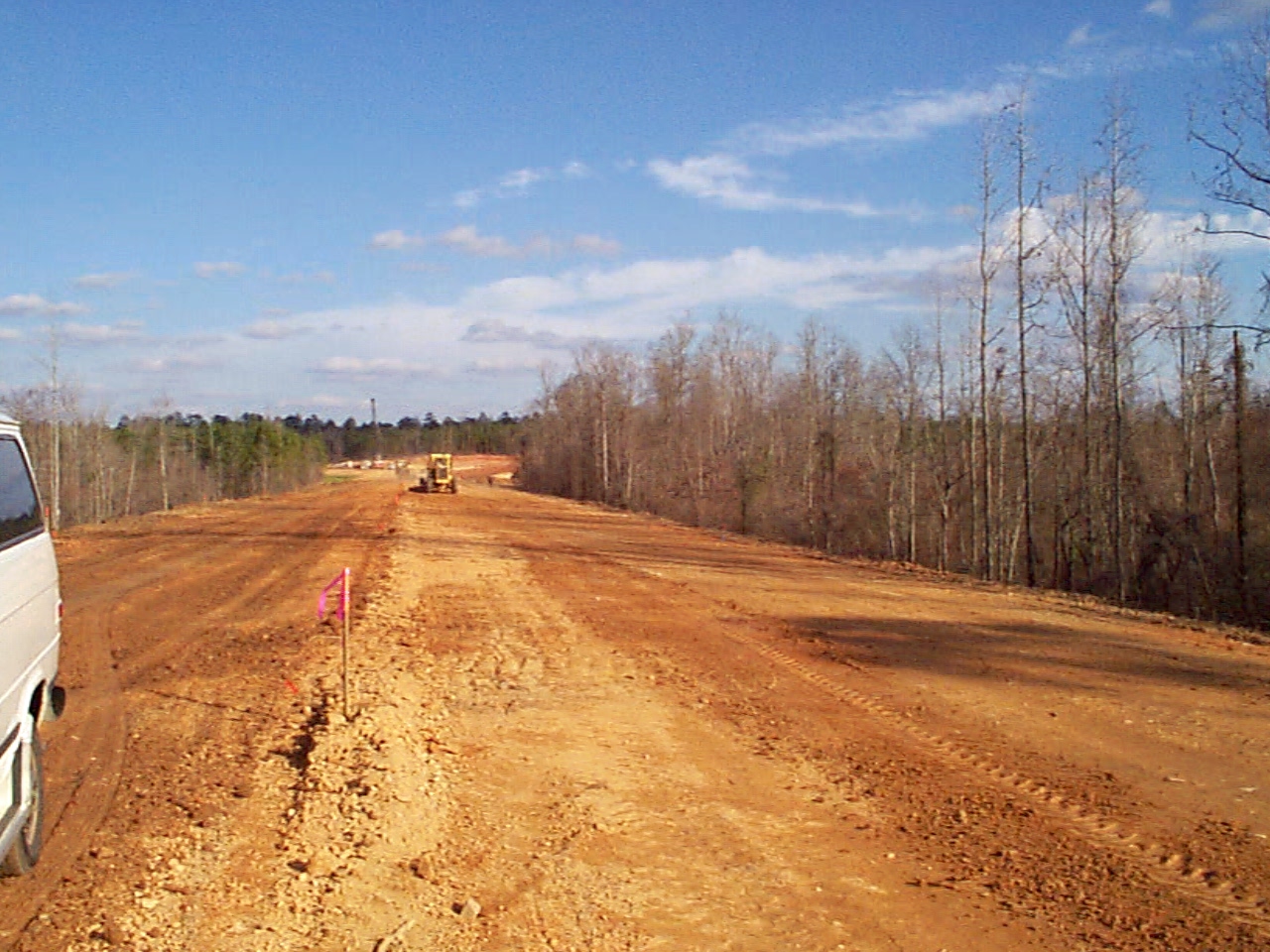

By the Numbers
(which is equal to... ➙)
Timeline: 25 Years of the Test Track
Board of Directors approves the concept of building a full-scale testing facility at NCAT, then known as the Oval Pavement Testing Facility.
Planning for the NCAT Test Track begins in collaboration with ALDOT, aiming to create a full-scale proving ground for asphalt innovation.
Construction starts on the 1.7-mile oval track, located 20 minutes from Auburn University's main campus, alongside NCAT’s new labs and offices in Auburn’s South Technology Park.
Test Track construction completed, featuring new test sections ready to begin cycle 1.
First trucks roll on the Track (Cycle 1 begins), applying accelerated loading equivalent to years of real-world traffic.
Dedication ceremony for Test Track and new offices/labs held in Auburn Hotel and Conference Center.
Cycle 1 ends
-
- First cycle proves the Track’s ability to simulate 2–4 years of interstate traffic in just 24 months.
-
- Early findings lay the groundwork for industry-wide acceptance of accelerated pavement testing.
Cycle 2 ends
-
- First-ever use of embedded stress/strain gauges at the Track to continuously monitor pavement response.
-
- Resurfacing studies begin, offering insight into overlay performance on older pavements.
Cycle 3 ends
-
- Milestone: legacy sections from Cycle 1 reach 30 million ESALs.
-
- Warm mix asphalt makes its debut, setting the stage for broader U.S. adoption.
Pavement Preservation study launches.
Cycle 4 ends
-
- Original sections surpass 40 million ESALs without structural failure.
-
- Group Experiment pioneers side-by-side testing of high-RAP, warm-mix, and porous friction courses.
Cycle 5 ends
-
- Green Group Experiment explores ways to maximize sustainability in asphalt mixtures.
-
- CCPR base layers tested as a structural alternative for rehabilitation projects.
Cycle 6 ends
-
- Cracking Group Experiment connects lab test results to real-world performance.
-
- First Track experiments linked to MnROAD test cells for cross-climate comparison.
Traffic begins on 7th cycle including off-ramp/low-volume sections
Cycle 7 ends
-
- Experiments examine joint performance, OGFC durability, and the use of rejuvenators.
-
- Stabilized foundation layers tested for improved load-bearing capacity.
10 million miles reached by truck fleet.
Cycle 8 ends
-
- Additive Group evaluates fibers, plastics, and tire rubber for cracking resistance.
-
- First off-ramp experiments yield early implementation insights.
Most recent cycle begins
(Cycle 9)
Test Track celebrates 25 years of providing groundbreaking asphalt research and industry partnership.
Feature Stories
Discover the real-world impact of NCAT’s research and partnerships.
25th Anniversary Press ReleaseHistory of NCAT
What Our Partners Are Saying
Tennessee Department of Transportation
Alabama Department of Transportation
Virginia Department of Transportation
Mississippi Department of Transportation
Georgia Department of Transportation
Oklahoma Department of Transportation
Research Cycle Highlights
- 46 newly constructed test sections focused on surface mix variables.
- 10 million ESALs applied – 2–4x typical interstate traffic in 2 years.
- Established baseline performance data for future design.
- Introduced structural testing with 8 sections rebuilt to subgrade.
- Compared layer thicknesses and modified vs. neat binders.
- Studied long-term durability with 14 resurfaced and 24 monitored sections.
- Added 22 new sections (15 mix performance, 7 structural).
- Legacy sections reached 30 million cumulative ESALs.
- Introduced NCAT’s first warm mix asphalt (WMA) section.
- Constructed 25 new sections; tracked legacy sections.
- Group Experiment introduced high-RAP, WMA, and PFC.
- Original surfaces reached 40 million ESALs.
- 46 sections including Green Group (WMA and recycled materials).
- Evaluated PFCs and cold central plant recycling mixes.
- Studied extreme aging using first-cycle sections.
- Cracking Group linked lab tests to field performance.
- MnROAD collaboration for thermal cracking validation.
- Added chip seals, microsurfacing, and high-friction surface tests.
- Focus on BMD, rejuvenators, and joint performance.
- 18 new sections; 28 continued including 2000 originals.
- Studied OGFC, stabilized foundations, and reflective crack mitigation.
- 17 new and 17 existing sections featuring BMD and recycled materials.
- Additive Group tested fibers, plastics, tire rubber.
- Track fleet surpassed 11 million miles; off-ramp testing began.
- Focus on implementation and innovation.
- Sponsor-driven research priorities.
- Early performance observations underway.